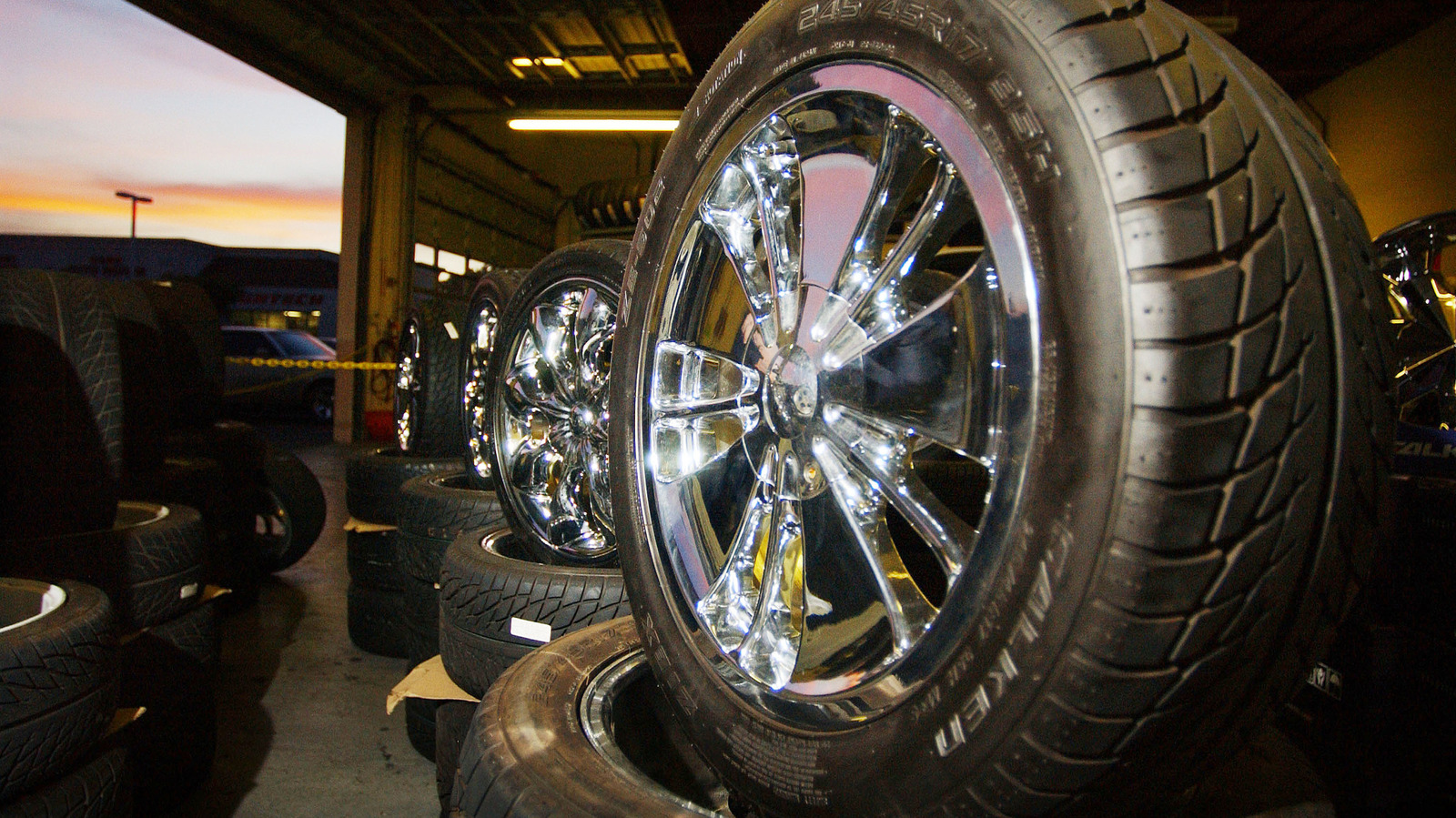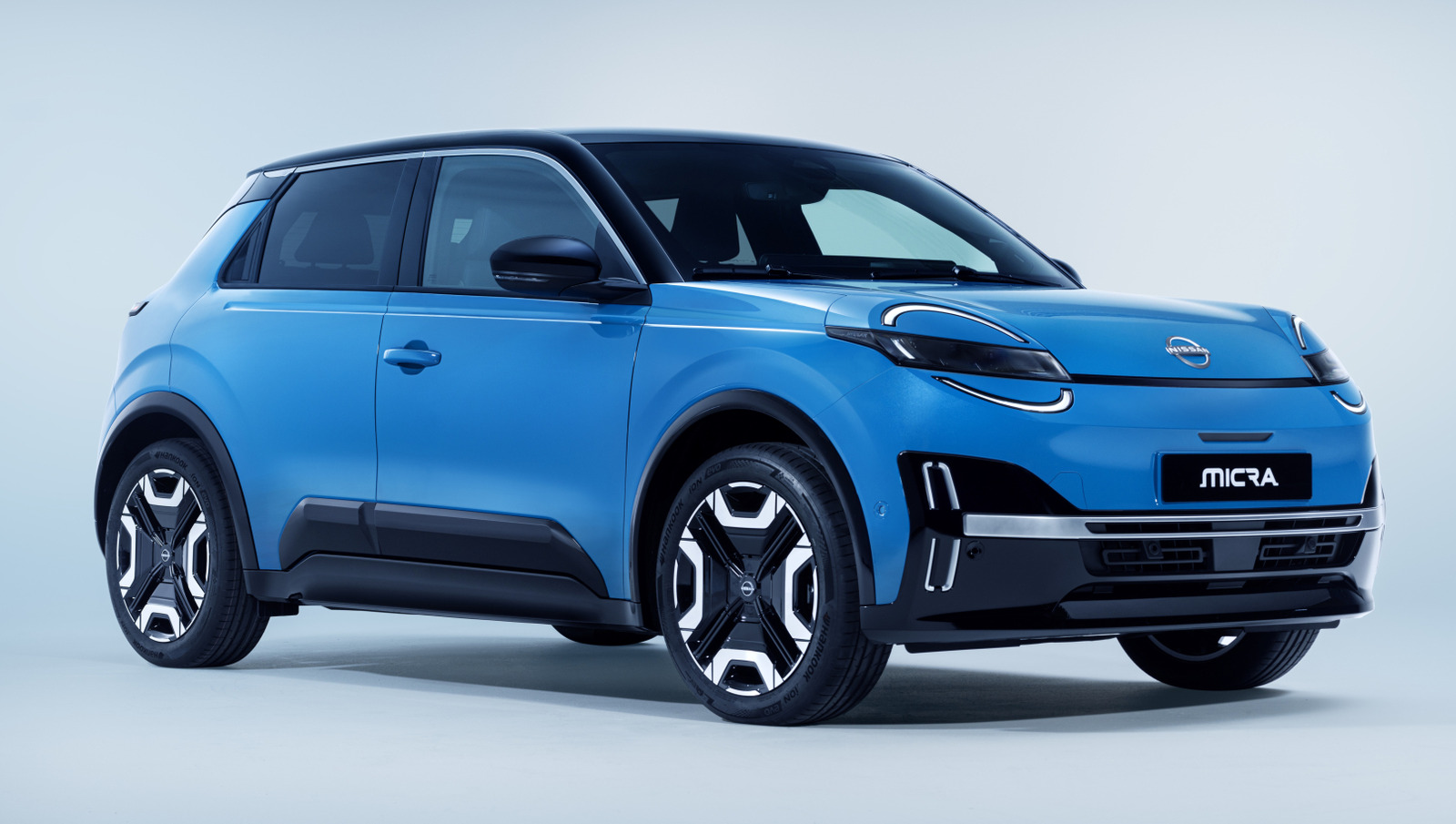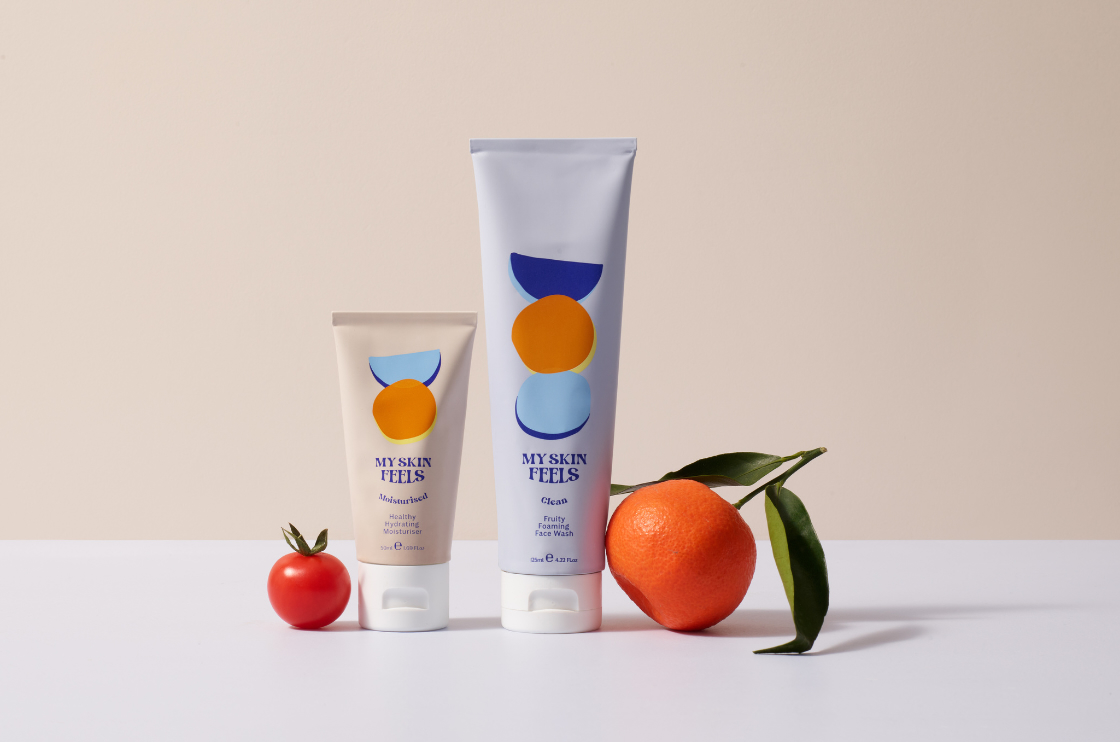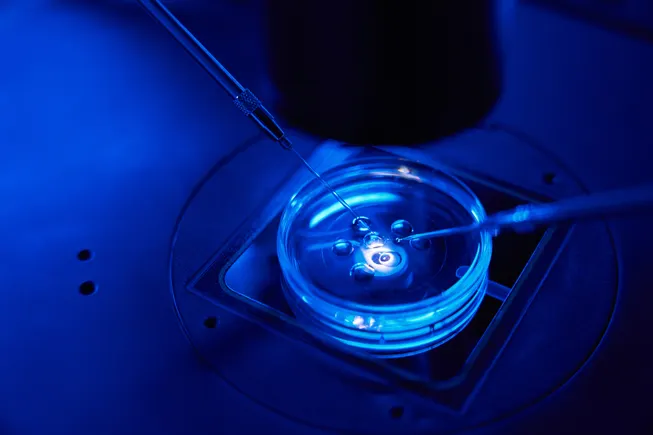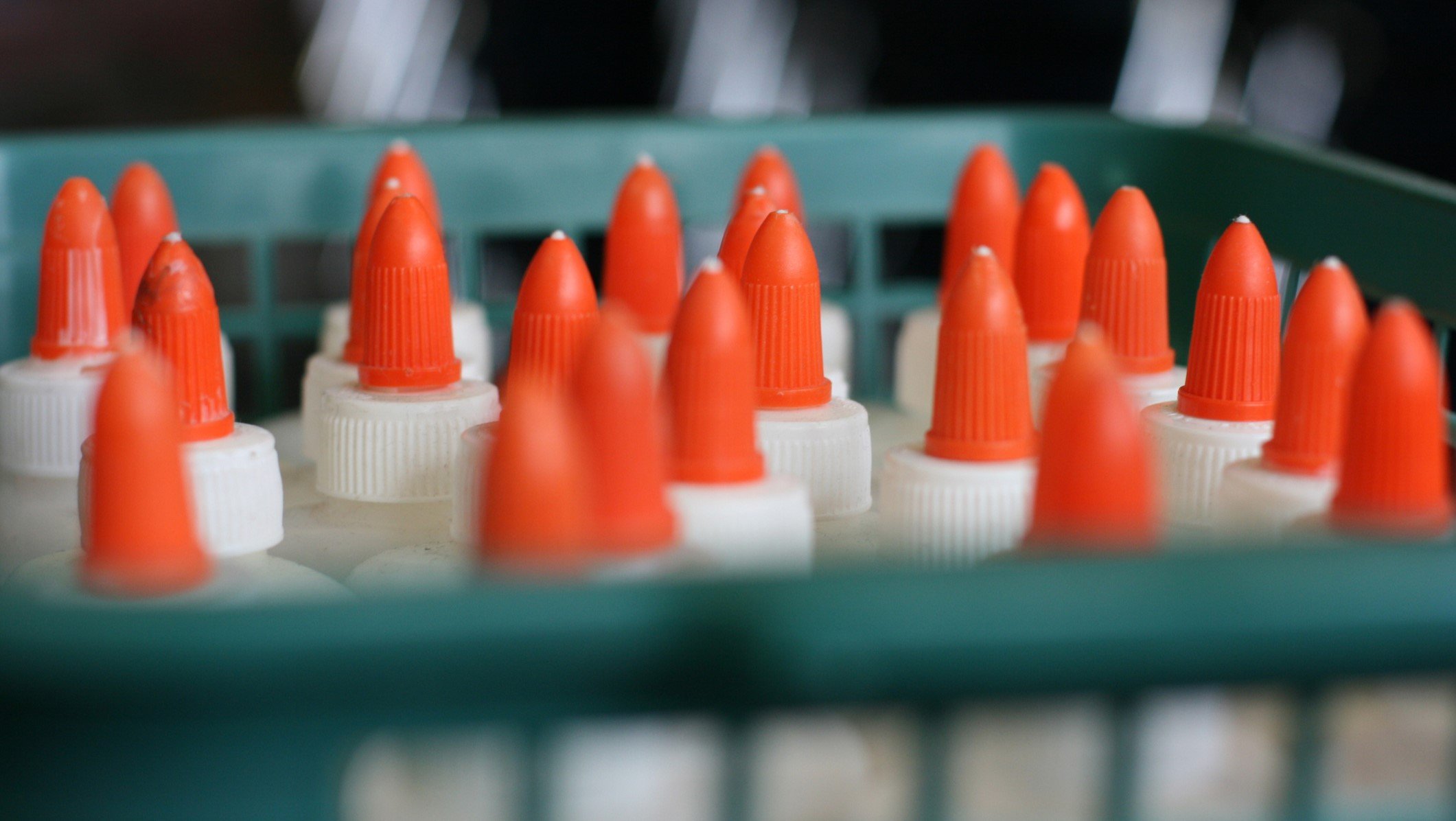Your Go-To Guide for Baby Proofing Apartments: 22 Tips from the Pros
Get expert tips on how to baby-proof your apartment or rental in any city—from outlet covers to furniture anchors and more. The post Your Go-To Guide for Baby Proofing Apartments: 22 Tips from the Pros appeared first on Redfin | Real Estate Tips for Home Buying, Selling & More.


Baby-proofing can feel like an endless checklist—especially when every outlet, corner, and cabinet suddenly seems like a safety hazard. Whether you just moved into a new rental in Denver or you’re living in an apartment in San Francisco, the key is to start simple and build from there.
Redfin asked parenting coaches, child safety experts, and pediatric professionals for their renter friendly, best baby-proofing advice—covering everything from anchoring furniture and securing outlets to creating safe spaces for emotional development and independent play. Here’s what they had to say.

1. Start with the essentials
“Baby-proofing your home starts with the essentials: outlet covers, furniture anchors to prevent tipping, and safety gates for stairs. Sharp corners should be padded, and any pool area must be secured with a proper fence,” says Alberto Guerrero from Learning Village. “For a more stylish solution, I recommend invisible cabinet locks that mount inside the doors. They keep cleaning products and tools safely out of reach without disrupting your décor.”
He adds, “Don’t forget about door pinch guards—often overlooked but so important for protecting little fingers. To avoid feeling overwhelmed, baby-proof one room at a time.”
2. Find baby-proofing solutions that don’t risk your security deposit
“When you’re baby-proofing a rental, the trick is finding solutions that don’t require a toolbox or risk your security deposit,” says Dan Anderson from Dad Logic. “Magnetic cabinet locks are fantastic—they install with adhesive, stay out of sight, and come off cleanly. Pressure-mounted baby gates are renter-friendly too. Baby-proofing can feel overwhelming, but you don’t have to tackle everything at once. Start by getting down to your baby’s level—if they can grab it, pull it, or chew on it, that’s where you begin.”
3. Use baby-proofing to build independence, not just safety
“One thing to keep in mind when baby-proofing your home is worst-case-scenario thinking,” says Dina Cooper from DinaCooper.com.au. “We want to protect children, but also nurture their independence. This might mean having one or two drawers filled with child-safe cups and utensils for them to explore, rather than locking everything away. It’s about balance—safety without stifling capability.”
4. Prioritize hidden hazards and high-traffic zones first
“One of the most commonly overlooked baby-proofing hazards is door-related injuries—tiny fingers can get pinched in swinging doors or heavy lids,” says Nina Zhang of Watchful Eye Daycare. “We recommend installing pinch guards and slow-close toilet seat covers. Clear corner guards and minimalistic outlet covers can keep things stylish and safe. Start with high-traffic areas and always get down to your child’s eye level to spot risks from their perspective.”
5. Focus on prevention, not perfection
“It can be hard to know everything that needs baby-proofing until you see what your little one starts getting into,” says Andrea Robbins, M.Ed., a parenting coach at Parenting Vistas. “You can always add more safeguards as they grow. I always recommend putting door guards up high and out of reach to prevent pinched fingers or worse. And don’t forget to move floor plants; little hands love digging in the soil. It’s not about perfection—it’s about prevention with a little creativity.”

6. Store safely and make low spaces kid-friendly
“Keep all cleaning products and medicines well out of reach—these often look fascinating to little explorers,” says Zoe Field, parent coach at Peaceful Parent Coaching. “If you have grandma’s fine china, don’t store it in a low cupboard. Instead, keep Tupperware where they can reach—it’s safe and they love it. Stair gates and playpens are lifesavers when your attention is elsewhere. And don’t forget to pad sharp corners or swap your glass coffee table for a pouffe.”
7. Baby-proofing your apartment room by room
“Cords from blinds and floor-level outlets can pose serious risks—get down on your baby’s level to find hidden hazards,” says Dawn, also known as Dawn Whittaker Parenting Coach. “Pressure-mounted baby gates are perfect for apartments—they don’t require drilling and can be moved as needed throughout the day. Woven baskets with lids are a stylish way to store toys and hide cords. Start with the rooms your baby uses most, like the kitchen or family room, and tackle one space at a time. You don’t need to baby-proof the whole place overnight.”
8. Start with the basics to ease baby-proofing overwhelm
“For new parents, especially those navigating perinatal anxiety, baby-proofing can feel completely overwhelming,” says Megan MacCutcheon, maternal mental health therapist and founder of Be Well. “I encourage families to focus on the basics—think of it as creating a calm, predictable environment rather than a perfect one. Start with anchoring furniture, covering outlets, and gating off unsafe areas. Simplifying the process—and knowing you can’t prevent every bump or fall—can ease anxiety and help parents focus on enjoying their baby in a safe, comfortable home.”
9. Let your space set the boundaries for you
“It takes far less energy to control the environment than it does to control the child,” says Emily Hughes, a conscious parenting coach at Finding Flow Parenting. “When there are natural boundaries in the space—like magnetic cupboard locks—the environment does the heavy lifting, so the parent isn’t constantly enforcing rules with curious little ones. When you’re always setting boundaries and saying no, let your home be a place where you can find a bit more peace and ease.”
10. See your home through your baby’s eyes
“Most parents have already read about the typical safety precautions—outlet and doorknob covers, furniture anchors, cabinet locks,” says Dr. Hayley Hellstern of Zest Pediatrics. “What they haven’t done is look at their living space through their child’s eyes. What I mean is, get on the floor and look at what will catch your child’s attention. Things like dropped batteries and pills are easy to overlook but can be very dangerous if swallowed!”
11. Anchor furniture to prevent tragedy
“Someone goes to the ER every hour because of a furniture or TV tip-over,” says Kimberly Amato, PT, chairwoman of Parents Against Tip-Overs and founder of Meghan’s Hope. “Protect your kids by anchoring any furniture with drawers, doors, or shelves, and secure all TVs—even flat screens—to the wall. It’s quick. It’s easy. And it could literally save a life.” Visit anchorit.gov for more information and guidance.
12. Baby-proof based on your child’s behavior
“To me, the first step to baby-proofing effectively is to watch your baby or toddler and see how they move and what they’re drawn to,” says Amy Behrens, parent coach at Amy Behrens Coaching. “If your child loves pulling things off shelves, place child-safe items down low and secure heavy or fragile objects higher up. Bolt tall furniture to the wall and rotate toy bins to keep them interested in what’s safe. You don’t have to do everything at once—respond step by step as your child explores.”
13. Get on the floor to spot hidden dangers
“One of the best ways to avoid overwhelm while baby-proofing is to start with a baby’s-eye-view sweep,” says Erin, certified parenting coach at Erin Flavin Parent Coach. “Get down on the floor and see your home from your little one’s perspective. You’ll spot hazards like dangling cords, loose decor, floor-level plants, and unstable furniture. Babies are curious explorers—this simple shift in perspective helps you catch dangers early and baby-proof with confidence.”
14. Create spaces that support emotional safety
“One of the biggest baby-proofing mistakes parents make is grounding it in fear rather than the joy of helping their children thrive,” says Sheryl Stoller, founder of Stoller Parent Coaching. “While anchoring bookshelves, dressers, and TVs is essential, I also encourage parents to create areas where kids can safely release emotional energy. Think padded walls for big movement, beanbags for crashing or reading, and spaces for messy play or large motor art. Our emotional-digestive-system is real—kids need safe ways to process the energy of their emotions just like adults do.”
is real—kids need safe ways to process the energy of their emotions just like adults do.”
15. Design safe, calm spaces that still feel like home
“At Playto, we believe baby-proofing is about creating safe, calm spaces that still feel like home,” says the team at Playto, a network of daycare centers in New York. “One of the most overlooked hazards is breakable décor on low shelves—glass and ceramics should be out of reach. We recommend soft corner bumpers, cordless blinds, and low-profile outlet covers that blend with your style. Baby-proofing isn’t about doing it all at once—it’s about making small, thoughtful changes that help your child explore safely.”

16. Don’t forget the door stoppers
“Baby-proofing doesn’t have to be overwhelming—it can actually be fun!” says Amber Jayne, founder of The Loving Start Way. “One of the biggest things parents forget? Door stoppers—because pinched fingers are no fun. My must-haves include outlet covers and cabinet locks—they’re small but mighty. Want your safety upgrades to blend in? Try clear outlet covers, corner bumpers, and stylish woven baskets for toy storage. Start with one room at a time—you’ve got this!”
17. Don’t overlook these easily missed hazards
“Many parents focus on the obvious when baby-proofing, but often overlook anchoring tippy furniture,” says Debbie Kravitz from Growing Change Parent Coaching. “Hidden dangers like blind cords, which pose strangulation risks, and even toilet water, a potential drowning hazard, are often missed. Don’t forget door pinch guards, stove knob covers, and keeping pet bowls or handbags out of reach. These extra steps can prevent serious injuries and ease some of our parenting worries—though there’s always more to think about.”
18. Don’t baby-proof all at once
“Creating a baby-proofed home can feel overwhelming, so start small and focus on one room at a time,” says Jodie Fishman, MPH, MCHES, Chief Content Officer at Lantern. “Prioritize immediate hazards—anchor furniture, check for sharp corners, secure outlets, and watch for blind cords. Use simple tools like cabinet locks and baby gates to make fast progress. This process is gradual, and even small actions make a big difference in keeping your child safe.”
19. Always anchor your bookcases and cabinets
“One of my biggest concerns when my kids were toddlers was unsecured bookcases or cabinets,” says Jack Stoltzfus of Parents Letting Go. “A child climbing or reaching can easily cause a piece of furniture to tip over. Hardware stores sell simple hooks and wire to anchor them to the wall—and doing so can save a life.”
20. When in doubt, still baby-proof it
“One tip I always share with parents when baby-proofing is this: if you’re unsure whether something needs baby-proofing, it’s usually best to just go ahead and do it,” says Tiffany Spadola, owner and parent coach at Southbay Parent Coaching. “Sharp furniture corners—especially on tables—can be a real hazard for toddlers learning to walk. I recommend using clear rubber corner guards to help prevent bumps, bruises, and avoidable trips to urgent care.”
21. Balance safety and exploration in your baby-proofed home
“When you’re arranging your apartment for a baby, everything changes the moment you see those two lines,” says the team at Mom Got a Job. “Some parents change nothing, others change so much their child can’t explore. But babies need to engage with their environment to learn—while staying safe. Block access to water, electricity, chemicals, and sharp objects, and anchor anything that could fall. Baby-proofing matters, but supervision is still your best defense—because toddlers are always ready for adventure.”
22. What’s within reach is within risk
“It’s easy to focus on the obvious, but don’t forget blind cords, heavy furniture that can tip over, and small objects on low tables,” says the team at ChildrenFlow. “Babies explore with their hands and mouths, so anything within reach is fair game. Our #1 must-have for apartments is a sturdy, easy-to-install baby gate—especially pressure-mounted ones for renters. They’re perfect for blocking off stairs, kitchens, or balconies without damaging your walls.”
The post Your Go-To Guide for Baby Proofing Apartments: 22 Tips from the Pros appeared first on Redfin | Real Estate Tips for Home Buying, Selling & More.













